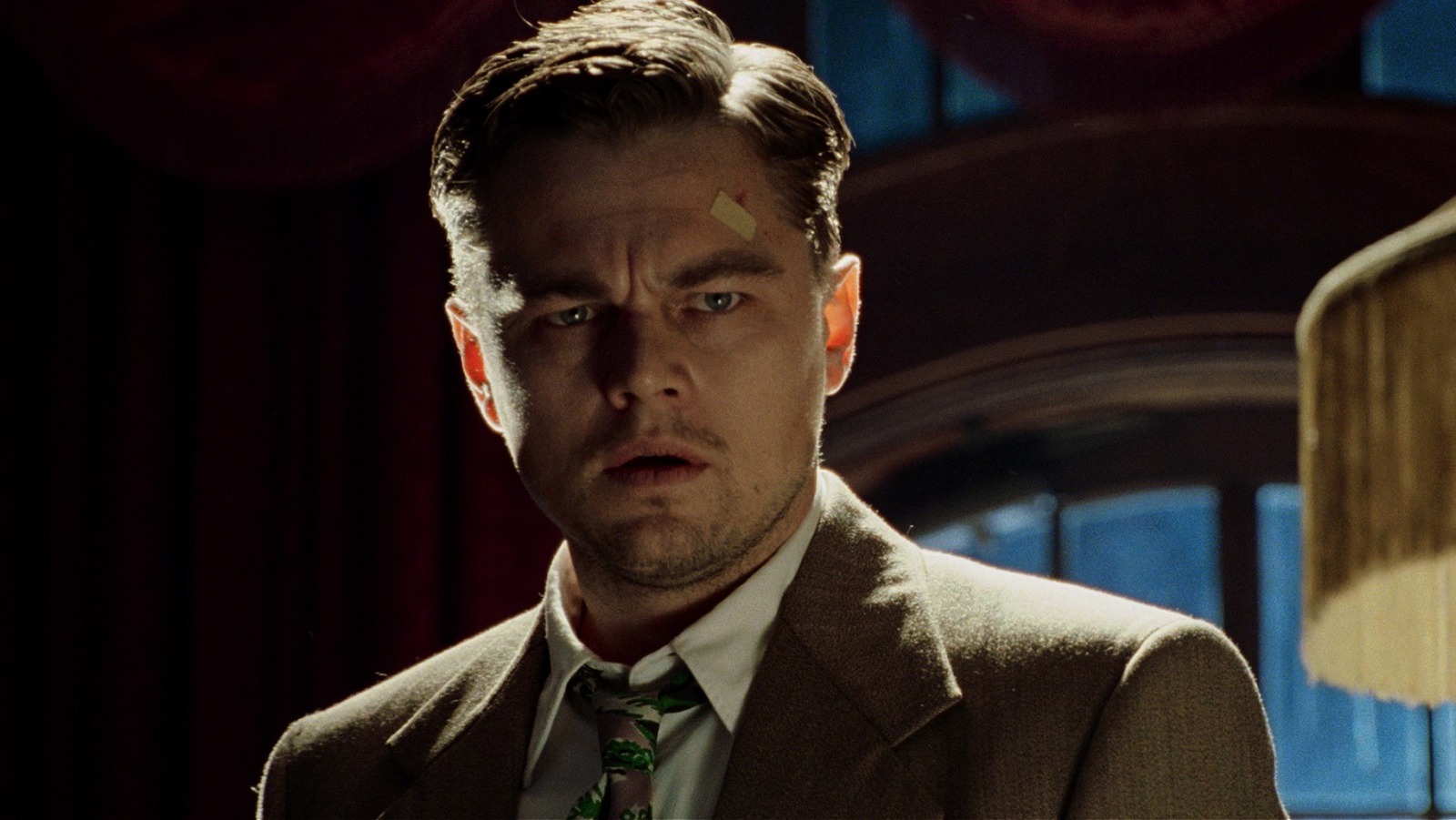
A secluded mental institution, a vanished resident, and a private investigator with a troubled history… What else could you ask for in a gripping mystery film? Titled “Shutter Island,” this movie is an adaptation from the novel by Dennis Lehane. It follows U.S. Marshal Teddy Daniels (portrayed by Leonardo DiCaprio) as he searches for a missing patient at Ashecliffe Hospital, unveiling secrets far beyond his initial quest. The film became a massive success in 2010 due to its exceptional acting, eerie ambiance, and chilling conclusion.
The intricate film “Shutter Island” offers numerous puzzling instances and veiled indications that only become clear upon reflecting on the narrative after understanding its major plot revelations. Similar to other great mystery films, “Shutter Island” boasts multiple levels and several conflicting clues that enable viewers to examine the story from various perspectives, leading to diverse interpretations. Initially, “Shutter Island” appears to be a gripping thriller, but while it may not be remembered for having one of the most spectacular plot twists, its conclusion will undoubtedly linger in your memory. Upon rewatching the movie, Teddy’s character assumes an entirely new depth, and his story’s ending becomes even more intricate. Regardless of your perspective, “Shutter Island” concludes tragically, but the degree of darkness depends on your perception of what is transpiring in Teddy’s mind as the film reaches its end.
What you need to remember about the plot of Shutter Island
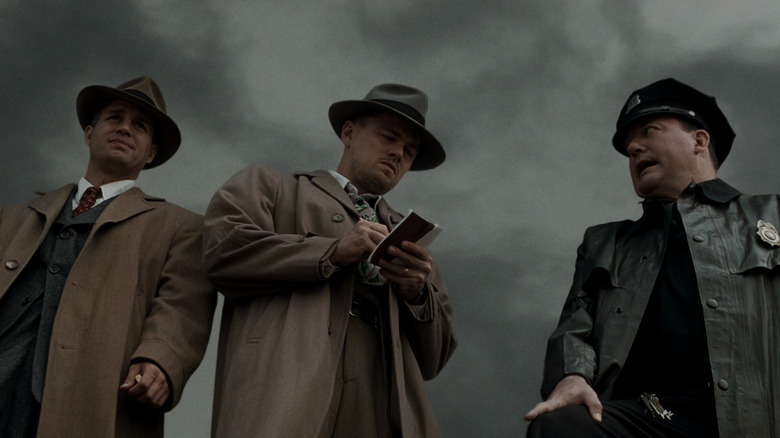
In 1954, U.S. Marshal Teddy Daniels, portrayed by Leonardo DiCaprio, is battling seasickness on a ferry bound for Shutter Island, where he’s investigating a patient’s disappearance. On the boat’s deck, he encounters his new partner, Chuck (played by Mark Ruffalo), and they delve into the particulars of the case. The missing person is Rachel Solando, a patient at the Ashecliffe Hospital for the Criminally Insane.
Upon arriving at the island, Teddy and Chuck meet Dr. Cawley (Ben Kingsley), who is supervising Rachel’s care. As Teddy delves deeper into the investigation, he encounters mysterious hallucinations and memories from a past that seems unfamiliar to him. Fellow patients at Ashecliffe hint to Teddy about shady activities on the island, claiming that Dr. Cawley transports patients to a nearby lighthouse for lobotomies.
In this scenario, Teddy finds himself apart from his partner Chuck, and during his search for him, Teddy encounters a woman who introduces herself as Rachel Solando (played by Patricia Clarkson). She alerts Teddy to the fact that Dr. Cawley is conducting experiments on patients involving mind control methods, urging him not to trust the doctors. When Teddy seeks clarification from Dr. Cawley about Chuck’s whereabouts, the doctor denies ever having a partner with Teddy when he arrived on the island. This leads Teddy to suspect that the doctor has abducted Chuck and intends to perform lobotomies on him. Armed with this knowledge, Teddy heads towards the lighthouse for a showdown, but what awaits him there is far from ordinary.
What happened at the end of Shutter Island
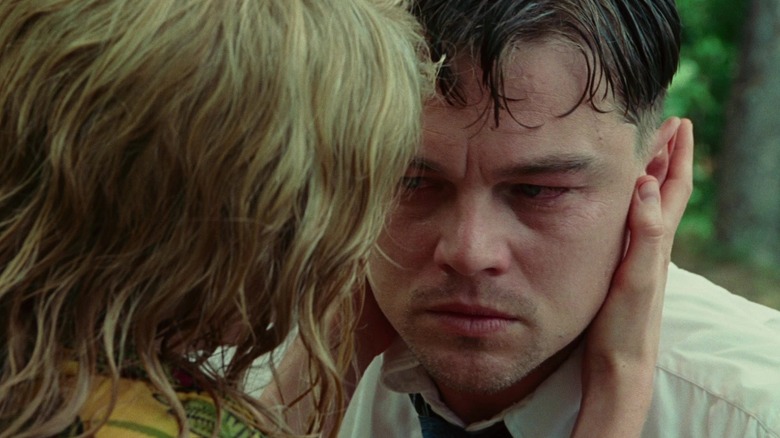
When Teddy arrives at the lighthouse, Dr. Cawley is there to greet him. Dr. Cawley reveals that Teddy has been undergoing an experimental treatment all along. In truth, Teddy is a patient named Andrew Laeddis who was hospitalized at Ashecliffe Hospital. According to Dr. Cawley, Andrew had murdered his wife after she accidentally drowned their three children during a depressive episode. Unable to bear the guilt, Andrew invented the Teddy character as an escape from his harsh reality.
Initially, Teddy refuses to accept Dr. Cawley’s tale, but there are facts supporting the doctor’s account. For instance, Teddy’s seasickness and hallucinations are actually symptoms of him going through withdrawal after using psychiatric medication for a long time. Later, Chuck corroborates the doctor’s story and reveals that his true name is Dr. Lester Sheehan. The doctors had planned that by allowing Andrew to act out Teddy’s fictional situation, he would eventually acknowledge the truth.
Following conversations with two physicians, Andrew begins to accept their account of events. Doctor Cawley clarifies that if Andrew reverts back to being Teddy, they would be forced to perform a lobotomy on him. Towards the end of the film, Dr. Sheehan is conversing with Andrew, who unexpectedly transitions into the persona of Teddy. The movie leaves us questioning whether “Teddy” genuinely thinks he’s a U.S. Marshal, or if Andrew is opting for lobotomy to forget the reality of his wife and children’s fate.
What was Teddy’s real life story?
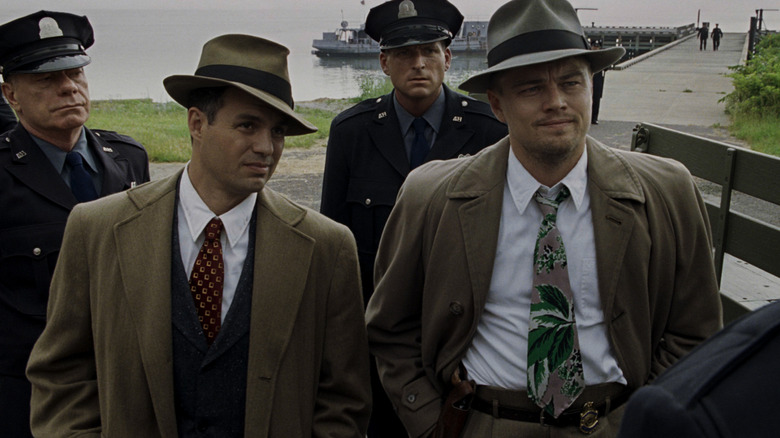
In my gaming world, as I revisited “Shutter Island,” the finale left me pondering a whopper of a question: Was it Teddy or Andrew who was the real protagonist all along? The movie’s layers unravel bit by bit on subsequent views, and these pieces can be pieced together in various ways.
Teddy’s dealings with Ashecliffe’s patients now appear as clear hints once I’ve learned about the Andrew Laeddis twist. Yet, Teddy’s chat with Rachel about mind control gives a little wiggle room to the idea that Dr. Cawley might indeed be as sinister and manipulative as we’re led to believe.
The multiple interpretations that “Shutter Island” offers contribute to its brilliance, with the narrative offering more indicators for Andrew’s tragic past than for any mind control experiments. Unlike Teddy, who appears without a history or family ties, and whose memories start upon approaching the island, Andrew has a rich background. The characters in the movie are wary of Teddy due to his potential for violence and unpredictability, yet some still attempt to inform him about Dr. Cawley’s experiment. It is evident that Teddy and Andrew share the same identity, making the climax of the film all the more intriguing. However, this revelation raises even more questions about Andrew’s final choice in the movie.
What does Teddy believe at the end of the movie?
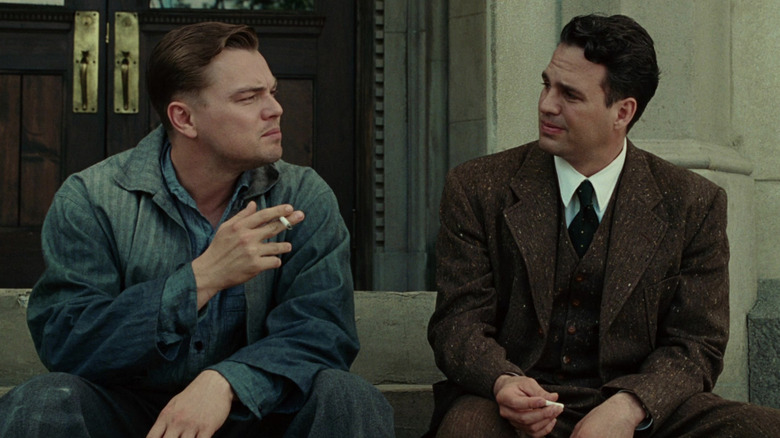
In the final scene of “Shutter Island,” Doctor Sheehan visits Andrew to check on his well-being following the extensive roleplaying exercise they underwent. Previously, their conversation indicated that Andrew was peaceful and rational. However, when Doctor Sheehan meets with Andrew on the hospital grounds, the situation changes unexpectedly. Andrew begins addressing Dr. Sheehan as “Chuck” and rehashes the details of the ongoing missing persons case once more.
There are essentially two perspectives on Andrew’s final discussion with Dr. Sheehan in “Shutter Island,” both of which paint a grim picture for the novel’s conclusion. One theory suggests that Andrew has reverted to his delusional state and the experiment was unsuccessful, implying that he couldn’t triumph over his mental illness. The alternative view is that Andrew may have been cured, but he pretends to be delusional because he desires lobotomy due to the lingering guilt and trauma from his wife and children. Regardless of which interpretation you choose, it’s clear that Andrew was destined for a tragic fate right from the beginning.
Was Dr. Cawley a villain?
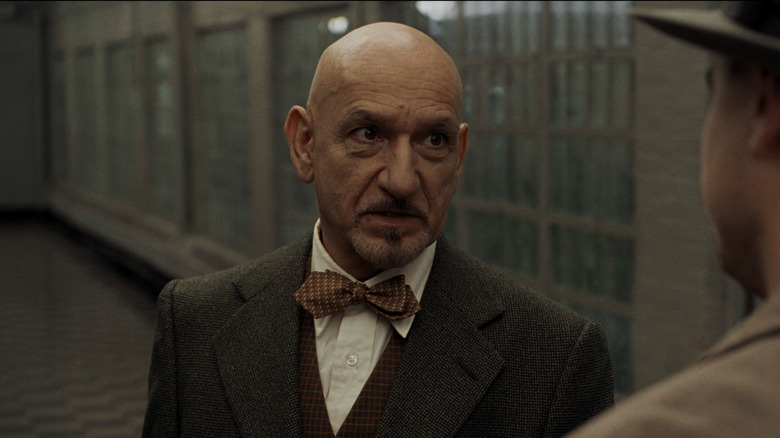
Despite some ambiguity in “Shutter Island”, the movie’s conclusion strongly implies that Dr. Cawley genuinely aimed to assist Teddy/Andrew throughout the film. By pretending to conduct an investigation, Dr. Cawley believed that Andrew would eventually uncover the truth about himself. However, being sincere in his intentions doesn’t automatically make him a virtuous character.
It’s evident that Ashecliffe Hospital is far from an ideal living environment, as suggested by various indicators. Patients are housed in cramped cells within deteriorating structures, and they often encounter aggression from fellow patients, such as Andrew. Additionally, many of them seem to be living under constant threat of breaking Dr. Cawley’s rules, which may result in lobotomy. While Dr. Cawley may have held some genuine empathy for Andrew, his primary intention was to orchestrate the entire experiment for personal gain – to demonstrate his ability to cure Andrew through a risky process that allowed him significant control over the island. This places him in the role of a minor antagonist, at the very least.
How does Chuck affect the ending’s meaning?
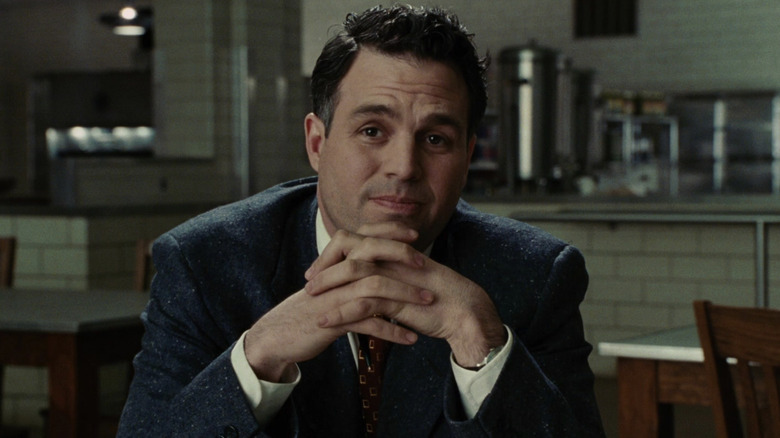
In the movie “Shutter Island,” Dr. Sheehan may not play a prominent role during your initial watch, but upon revisiting, he becomes one of the more intriguing characters. He disguises himself as Chuck, Teddy’s partner, which is crucial to the storyline that initially goes unnoticed. In the early scenes, Teddy and Chuck are first introduced on the ferry deck, a setting that would typically be unusual for real U.S. Marshals; however, it’s part of Andrew’s delusion in the opening scene. This peculiar encounter might not grab attention during the first viewing because it also serves as the film’s starting point from the audience’s perspective.
It’s evident that Andrew’s delusional beliefs encompass Chuck (Dr. Sheehan), demonstrating the trust he’s built with him over their years of doctor-patient collaboration. To some degree, Andrew perceives Dr. Sheehan as a partner, despite his reluctance towards his own treatment. In the closing moments of the film, it appears that Andrew relapses into his delusion and addresses Dr. Sheehan as Chuck once more. However, this could also be Andrew’s way of bidding farewell to his closest confidant, the person who comes closest to being a friend for him.
How was the original book’s ending different?
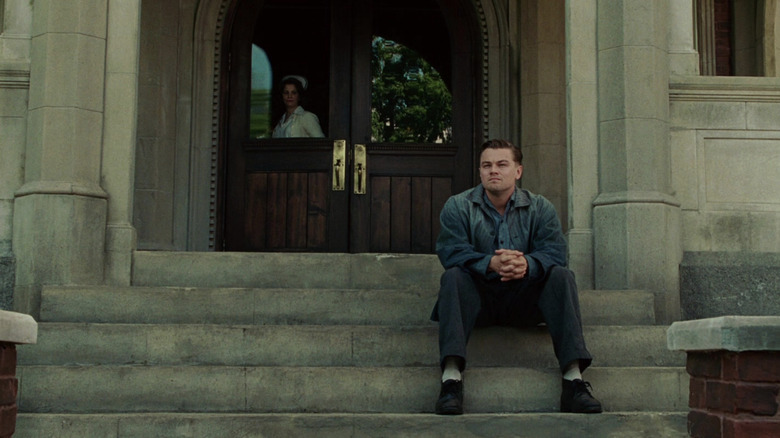
As a devoted admirer, I can confidently affirm that “Shutter Island” is an astonishingly accurate cinematic interpretation of Dennis Lehane’s 2003 novel bearing the same title. Screenwriter Laeta Kalogridis masterfully encapsulated the chilling ambiance of the Ashecliffe Asylum as depicted in the book, and remarkably, she mirrored every significant plot development from the novel itself. The book afforded a more leisurely exploration of the procedural aspects of the investigation, but the movie’s gripping tempo ensured that no essential elements were lost in the adaptation of the mystery plot.
In “Shutter Island,” the film deviates slightly from the book’s ending, with a lack of ambiguity in the book’s conclusion. In the novel, it is clear that Andrew has fully regressed and truly believes he is Teddy during his last conversation with Dr. Sheehan. However, the movie suggests that Andrew may be feigning this belief to obtain a lobotomy. Contrarily, the book ends with Teddy resuming his investigation and slipping back into his delusion once more. Although the novel lacks the intrigue of the film’s ending, it presents a more heart-wrenching tragic tale for Andrew and those trying to help him recover.
What has Martin Scorsese said about Shutter Island?
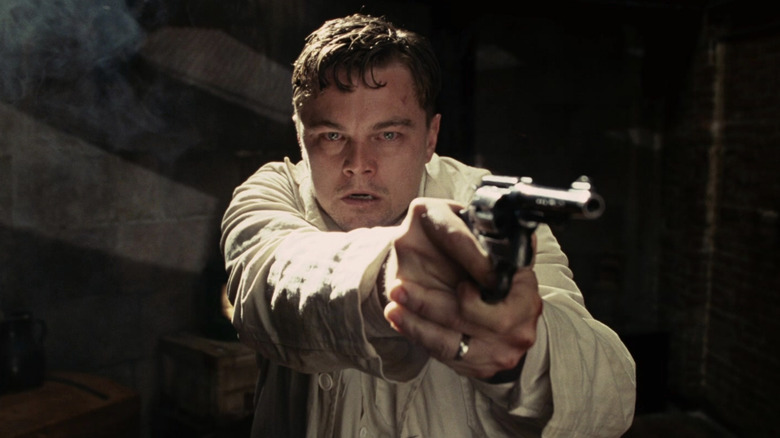
Martin Scorsese and “Shutter Island” proved to be an ideal match. When the film was released, it swiftly claimed the title of his highest-earning movie to date. To date, “Shutter Island” has garnered nearly $300 million at the global box office, making it Scorsese’s second most financially successful film, trailing only “The Wolf of Wall Street.” What initially attracted Scorsese to the project was not the prospect of a blockbuster success but rather the compelling quality of the script.
During an interview with Gofobo, Scorsese shared that he found himself unable to put down the “Shutter Island” script, reading it well into the night. Upon finishing, he immediately felt the urge to re-read the entire script from the start. According to Scorsese, each scene takes on a new dimension once you know the story’s outcome. He explained that every scene is essentially multiple layers of reality. What captivated him most was how the script portrayed “the concept of a puzzle, the concept of a maze, representing the psychological and emotional labyrinth that we all navigate internally.
Scorsese found the complex enigma of “Shutter Island” captivating, which likely accounts for why his adaptation maintains a perplexing tone until the very last moment. The original tale already had layers upon layers regarding Teddy’s true identity, but the final scene between Teddy and Dr. Sheehan in the screenplay adds an additional twist to the intricate maze of mystery.
What has Dennis Lehane said about Shutter Island?
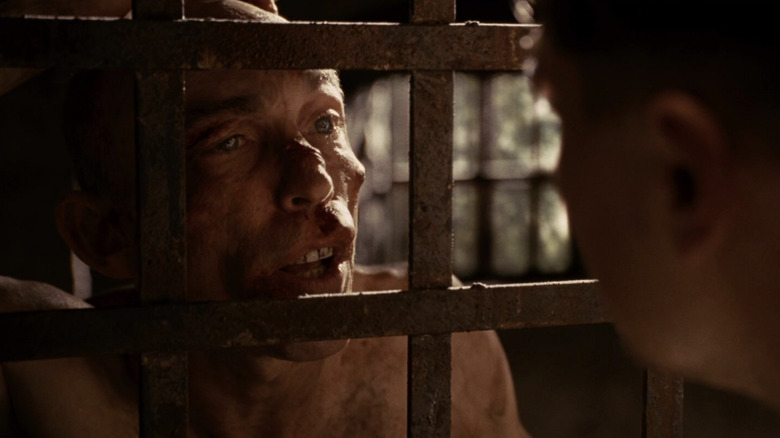
Dennis Lehane’s rendition of “Shutter Island” paints a heart-wrenchingly tragic narrative. In the final pages of the novel, all events unfold differently as Andrew reverts to his Teddy character, effectively sealing his destiny. Throughout the book, Teddy is overcome by his delusion, but in the film, Teddy poses a question to Dr. Sheehan: Would you rather live as a monster or die as a hero? Some viewers interpret this closing scene as suggesting that Andrew may be feigning his delusional state. They speculate that he’s making a deliberate choice to undergo lobotomy due to feelings of guilt.
In their chat at the movies, Lehane expressed doubts about a crucial addition in the film adaptation of “Shutter Island”. He shared how he envisions this line as echoing back into his initial concept for the ending. Essentially, Lehane feels it’s merely a fleeting instant of clarity amidst all the character’s delusions. In contrast to popular belief, Lehane doesn’t believe that the main character would willingly opt for lobotomy. From his point of view, the question serves as a brief flash of insight before everything else fades away again. For him, this question is more about challenging the audience to reconsider Andrew Laeddis’ fate and understand what truly happened to him better.
Why has there never been a Shutter Island sequel?
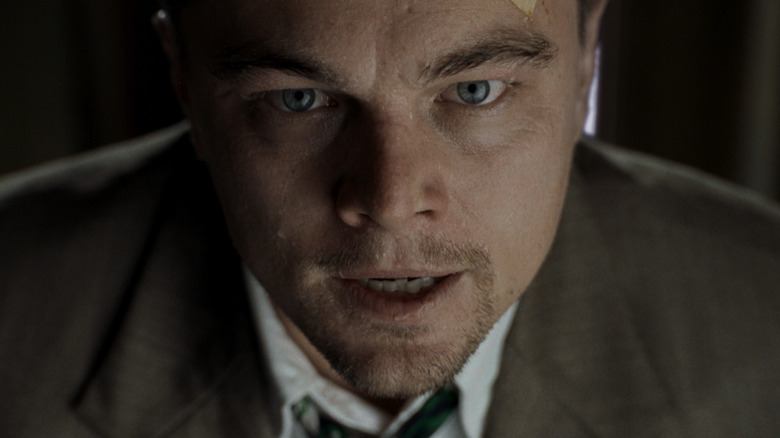
From a fan’s perspective, it’s perplexing why no one has attempted to create a “Shutter Island” sequel given its impressive box office success. With an initial investment of $80 million, the film raked in nearly $295 million worldwide – a kind of financial triumph that studios can only dream of. However, the allure of sequels lies not just in numbers but also in compelling narratives, and “Shutter Island” leaves very few avenues for a captivating follow-up. The stories of Teddy and Andrew seem to have reached their conclusion, and expanding on them could undermine the enigmatic ending of the original film. If we assume that Dr. Cawley isn’t secretly developing a mind control treatment, then there appears to be limited scope for storytelling within Ashecliffe Asylum.
It’s possible that “Shutter Island” could have had a sequel or similar film in the vein of its success, but it appears that neither the author nor other involved parties seem inclined to pursue that path. The author, Dennis Lehane, has published numerous books since 2003, none of which revolve around asylums like “Shutter Island.” Laeta Kalogridis, who wrote “Shutter Island,” has gone on to script films such as “Terminator Genisys,” “Alita: Battle Angel,” and most recently “Another Simple Favor,” but she hasn’t returned to the genre of mystery thrillers like “Shutter Island.” Martin Scorsese and Leonardo DiCaprio have collaborated on several projects since 2010, but none have resembled “Shutter Island” or Ashecliffe Asylum. The 2010 movie adaptation of “Shutter Island” is the only version we have, which somehow adds to its allure and uniqueness.
Read More
- Grimguard Tactics tier list – Ranking the main classes
- 10 Most Anticipated Anime of 2025
- USD CNY PREDICTION
- Silver Rate Forecast
- Box Office: ‘Jurassic World Rebirth’ Stomping to $127M U.S. Bow, North of $250M Million Globally
- Gold Rate Forecast
- Black Myth: Wukong minimum & recommended system requirements for PC
- Mech Vs Aliens codes – Currently active promos (June 2025)
- Maiden Academy tier list
- Hero Tale best builds – One for melee, one for ranged characters
2025-07-12 22:31